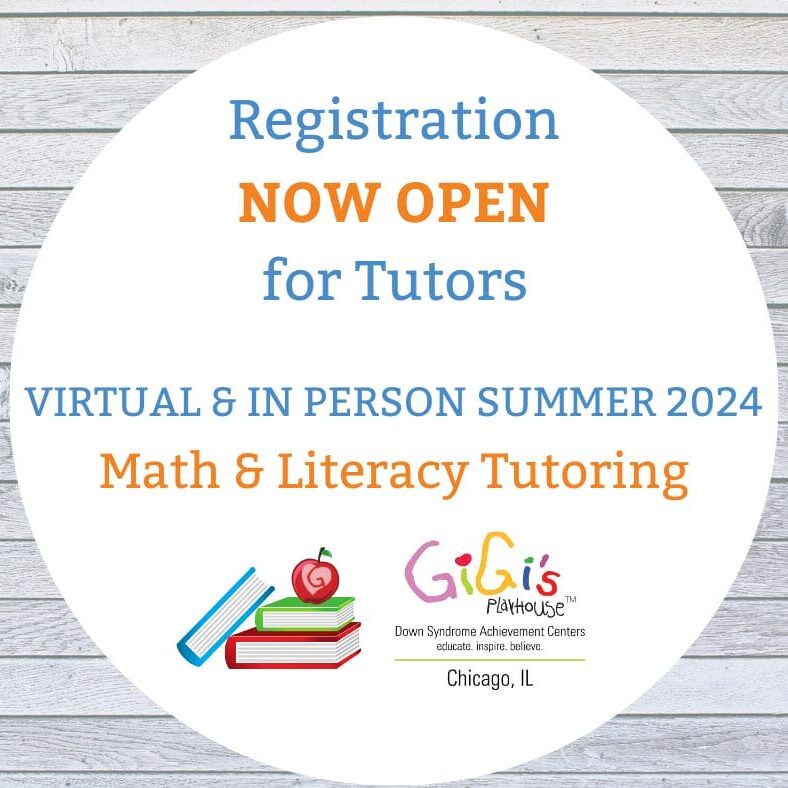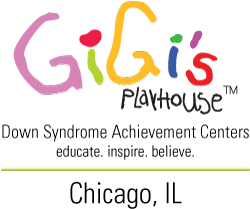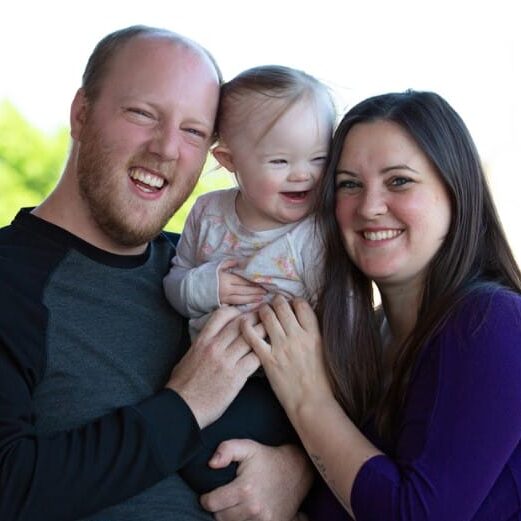10 things teachers should know about Down syndrome
As a mom to two girls with Down syndrome, I had two successful parent/teacher conferences this week which is a huge win in our house! They are thriving in their school settings! Polly is in first grade, and fully included in our neighborhood school with a full-time aid. Evangeline, who is six years old, is in Kindergarten at a special education school. The class settings are perfect for them, although vastly different from one another.
When a parent asks me how to find a good school for her child with Down syndrome, after having been down the education road now for four years, my answer is this:
It depends on the TEACHER.
It all comes down to the teacher in the classroom. Teachers can make or break the experience for the child, for the family, for the classroom, and for the whole school, especially when it comes to children with Down syndrome.
So here’s my list of 10 things teachers should know about Down syndrome:
1. Know the definition of Down syndrome
Here’s a technical definition for adults: Down syndrome is a genetic condition. There are *three* types of Down syndrome: trisomy 21 (nondisjunction) accounts for 95% of cases (what my daughters have), translocation accounts for about 4% and mosaicism accounts for about 1%.
People with Trisomy 21 have 47 Chromosomes instead of 46 in each cell. This is because of an error in cell division called nondisjunction. At some point, a pair of 21st chromosomes in either the sperm or the egg fails to separate. As the embryo develops, an extra chromosome is copied in every cell of the body. (Read on to find out how to explain Down syndrome to kids …)
2. Use people first language
People first language is simply putting the person before the disability in speech. Don’t say the Down syndrome girl. Use the child’s name, and if needed in the conversation, add that she has Down syndrome. (e.i. Polly, who happens to have Down syndrome.) Also, the correct term is Down syndrome. Not Down’s syndrome. A child does not have Downs. Terminology is important, and often mistaken.
3. Pay attention to how you treat the child
Remember, you set the tone. Please treat your student with Down syndrome like the other kids in class. I’ve been in classrooms where the child with Down syndrome is babied, or considered the class project. Don’t give special treatment, and don’t ignore him or her because it is easier. Your other students are watching, and they will act like you.
4. Explain Down syndrome to your students, and to the school
In an inclusive setting, teachers should talk to their class and explain Down syndrome. At the beginning of each school year, I visit Polly’s class to discuss Down syndrome. Invite the parent to come help! Here’s a post that will tell you exactly how to teach kids about Down syndrome.
5. Find out about health and safety concerns
An added chromosome can bring about health and safety concerns. Be sure to review your student’s medical records. Find out if she has any constraints for recess or gym, and check with the parents about safety issues.
6. Identify how the child learns
First and foremost, children with Down syndrome CAN LEARN! But all children learn differently. Your job is to figure out how your student learns, and then work with other professionals in your school to modify the classwork to give him every chance to succeed.
My kids are visual learners, and it is difficult for them to stay on task. So their teachers break things down to small, step by step assignments, and reinforce with visual and tactile cues. Not sure how/what to do? RESEARCH. Ask the parents. Check with special education teachers.
7. Partner with the child’s parents
No one knows your student better than her parents. Network and communicate with them often. Don’t wait for an IEP meeting that happens twice a year. I have a communication journal that I send back and forth with my kids’ teachers daily.
8. Read your student’s IEP often
I seriously think that some teachers just skim students’ IEPs once and assume the school therapists will help the student achieve her goals. My recommendation? Read the IEP often. Look for ways to incorporate your student’s goals in the everyday life of the class.
9. Don’t assume your student can’t do something
Always start with the idea that he or she can do anything other students do. Just realize you may have to break the task down or teach it in a different way. Model the task for your student, or maybe pair him up with a buddy who can help. Peer interaction will be a huge motivator for a child with Down syndrome.
10. Realize that you play a big role in your student’s success!
Create a wonderful environment for your student. Use his gifts and talents and interests to motivate him in his work and give lots of positive feedback and encouragement. What a privilege it is to play such a vital role in your student’s life.
HERE’S AN ADDED BONUS TO THIS POST: CLICK HERE: 10 things teachers should know about Down syndrome AND DOWNLOAD THE PDF. I ask that you link back to me, or email me for permission to reprint at gillianmarchenko@gmail.com.
Parents, do you agree with my list? What would you add? Teachers, any other suggestions?
This post was written by Gillian Marchenko, one of the Board members of GiGi’s Chicago. Check out more of her writing at www.gillianmarchenko.com.
Recent Posts





Excellent article! We belong/support Gigi’s, and find all you do very helpful…so thanks!
Navigating CPS 6 years (pre-k -4th) with our son has proved out all the concepts you’ve shared. We are currently grappling how to support him best in remote learning during COVID-19. If you know of any resources/support groups that can help, may you please share.
Sincere thanks!
I am a Special Education teacher in Texas. I have a self-contained classroom that includes a 2nd grade scholar that happens to have Down Syndrome. I cant emphasize enough how important it is to use people-first language. A teacher on a different grade level team actually used a very derogatory term to describe my scholar to a new teacher. I stood up and left the meeting rather than responding like I wanted to. I returned later and explained the fact that he is a person first, and not a disability or diagnosis. She felt bad, but honestly had never been told how offensive her comment was. When we know better, we do better. I feel like it is my responsibility now to start any interaction with a clear expectation of why using people first language is important.
Thank you for including this important fact in your list. I am happy to consider myself one of The Lucky Few!